One of the most prevalent health issues in the United States is hypertension, or high blood pressure. The majority of people with hypertension do not realize they have it, even though it affects approximately 50% of adults.
However, you should not disregard the warning signs of high blood pressure simply because they are frequent. People with hypertension are at increased risk for cardiovascular problems, including heart attacks and strokes. Modifying one’s lifestyle is the first line of defense against hypertension, and yoga has shown promise as an effective means of bringing blood pressure levels down.
Factors Responsible for High Blood Pressure
Hereditary
High blood pressure is more likely to occur in elderly people because the elasticity of blood vessels gradually decreases with age.
Gender
Hypertension is more common in middle-aged males and in elderly women.
Race:
People of African American or Black American descent have a greater chance of developing hypertension.
Other Factors
- Kidney illness that persists over time
- Sedantary Lifestyle
- Poor nutrition
- Smoking
- Alcoholism
- Obesity
You may not be able to alter your genetic makeup, but you may control your blood pressure by improving your lifestyle choices. Yoga fits the bill here.
Also Read: How Can Yoga Help Thyroid Issues?
Why and how yoga lower blood pressure?
The positive effects of yoga on hypertension have been demonstrated many times.
Yoga three times weekly as part of hypertension treatment shows a substantial decrease in blood pressure observed in the yoga practitioners as compared to the non-yogis. Incorporating breathwork and meditation into yoga practice increases its beneficial impact on hypertension, according to another study.
An hour-long yoga session affected arterial flexibility. Less pressure is needed for blood flow and the risk of hypertension decreases as vascular elasticity increases. Arteries were found to be more flexible in those who practiced yoga.
Point to Note: Get your doctor’s OK before doing yoga if you’re dealing with hypertension. Some yoga positions, such as inversions, are not appropriate to do at all. Be mindful of how your blood pressure changes as a result of your yoga practice and always listen to your doctor’s advice.
6 Poses for High Blood Pressure
Balasana
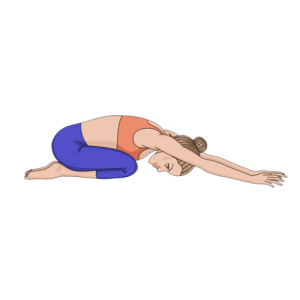
Reasons why it’s useful for hypertension:
Finding peace and tranquility is possible in Child’s Pose. It lengthens and opens the hips and spine, which gets them ready to move.
How To Do:
Begin on all fours, then touch your big toes while spreading your legs slightly wider than hip distance. As you release your breath, bring your hips back to your heels while maintaining an extended front arm position. You should feel a comfortable fit between your outer thighs and your inner ribs. You can keep your arms at your sides or bring them forward to rest next to your body. Extend your spine and lengthen your sacrum so it reaches your heels. Draw attention to the nape of your neck by subtly bringing your chin in. Lay your head on the ground. Feel your rib cage spread out to your thighs as you inhale, and as you exhale, release any tension and sink to the floor. Just hold on for a minute or two.
Also Read: Pigeon Pose Benefits
Paschimottanasana
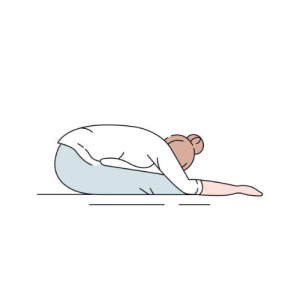
Reasons why it’s useful for hypertension:
Seated forward bends have a sedative effect. For this position, you’ll need a few pillows, one to stack on top of the other, to prop up your thighs and, if desired, your forehead.
How To Do:
Sitting on the floor with your legs spread wide in front of you, enter Dandasana, also known as Staff Pose. Maintain an upright posture by bringing your heels off the ground and your fingertips to the floor in front of your hips. Do a deep breath in. Bend forward from the hips as you exhale, being sure to keep your spine straight and your torso long. Extend your arms as far as they will go while keeping your back straight as you walk them down the outside of your legs. Put your hands on the sides of your feet if you are able to do so. For every breath in, gently arch your back and lengthen your front torso. For every breath out, let your body relax into the front and bend a bit more. Just hold on for a minute or two.
Baddha Konasana
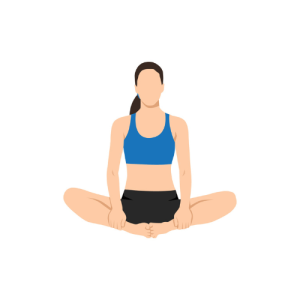
Reasons why it’s useful for hypertension:
Along with opening your hips, this pose also improves blood flow throughout your body.
How To Do:
Lay down on the floor and sit up straight. Bring the balls of your feet together and bend your knees so your knees can fall open. You can prop your back up on the floor behind you with your hands, or you can grasp your feet gently. Inhale deeply and extend your spine so that your hand reaches up through the nape of your neck. To achieve this position, lower your shoulder blades and extend your neck. Stay for three to five breaths, allowing yourself to feel the ribs expand as you inhale.
Janu Sirsasana
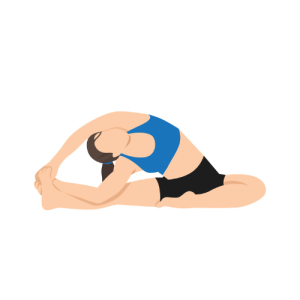
Reasons why it’s useful for hypertension:
What a calming experience. In addition to stretching those really tight muscles in your legs and back, this pose has other benefits, such as reducing stress and tiredness and calming the mind.
How To Do:
While sitting, straighten your right leg and bend your left knee so that your left foot presses against your right inner thigh. If you’re experiencing tightness in your lower back or hamstrings, try sitting on a block or a folded blanket. As you inhale, square your hips and extend your spine by reaching your arms aloft. As you release your breath, bend forward over your right leg, either placing your hands on your right foot or letting them rest on the floor, whichever seems most natural. Gently plant your right heel on the floor and extend your chest over your right leg. Make sure your shoulders are relaxed and far from your ears, and that the back of your neck is long. Make sure to breathe in deeply and out smoothly. Hold for three to five breaths before switching positions.
Virasana
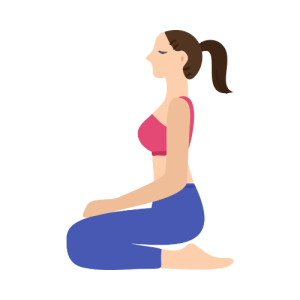
Reasons why it’s useful for hypertension:
It is known that the most effective yoga techniques for lowering blood pressure involve breath work. You can reduce tension and blood pressure by activating your relaxing nerve system by lengthening your exhale.
How To Do:
Ensure that your feet are directly behind you and that your legs are hip-width apart while you kneel. For your comfort, have a block or a folded blanket on hand to sit on. Put a block or the floor in between your feet to sit back on. Maintain an erect posture by raising your head and neck into a straight line. Sit on extra blankets or blocks if you’re experiencing knee pain. Gently put your palms on your thighs and close your eyes. Direct your focus on your breathing. Pay attention to how long it takes you to breathe in and out.
Exhale for a few counts longer than inhale after a few regular breaths. Take a four-count inhalation and a six-count exhalation as an example. Determine the ideal count for your needs. Your breathing should be easy and natural, never forced. Keep breathing in this way with long exhalations for three to five minutes, or until you feel comfortable doing so.
Also Read: Bhramari Pranayama Benefits
Savasana
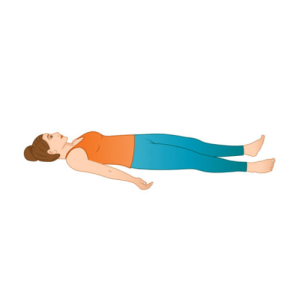
Reasons why it’s useful for hypertension:
People who suffer from hypertension sometimes have trouble relaxing since they are accustomed to living in constant motion and stress. Savasana, the last resting pose in yoga, is very significant because it teaches you to be calm and relaxed. Go ahead and do it!
How to Do:
Get into a prone position with your legs stretched out and your arms at your sides. Bring your chin in just a little bit and tuck your shoulder blades beneath. Let your toes and legs droop and spread out. Let your body’s natural curvature sink all the way to the floor. A proper savasana should last at least 10 minutes, preferably 20 so that your body and mind have more time to relax fully. It takes time to get into Savasana, so gradually increase the duration of your practices. Picture it as a form of stress reduction. Do this for the benefit of your blood pressure!
Conclusion
When you combine yoga and pranayama with other healthy habits, you’ll get even better results. The best way to manage hypertension is to eat healthily and cut out harmful behaviors like smoking and excessive alcohol consumption. Avoid being in a hurry and move step-by-step. After that, you’ll discover an easy way to treat your hypertension holistically.
Does your blood pressure seem to be low? Discover strategies to address low blood pressure with our yoga instructors at India Yoga School.


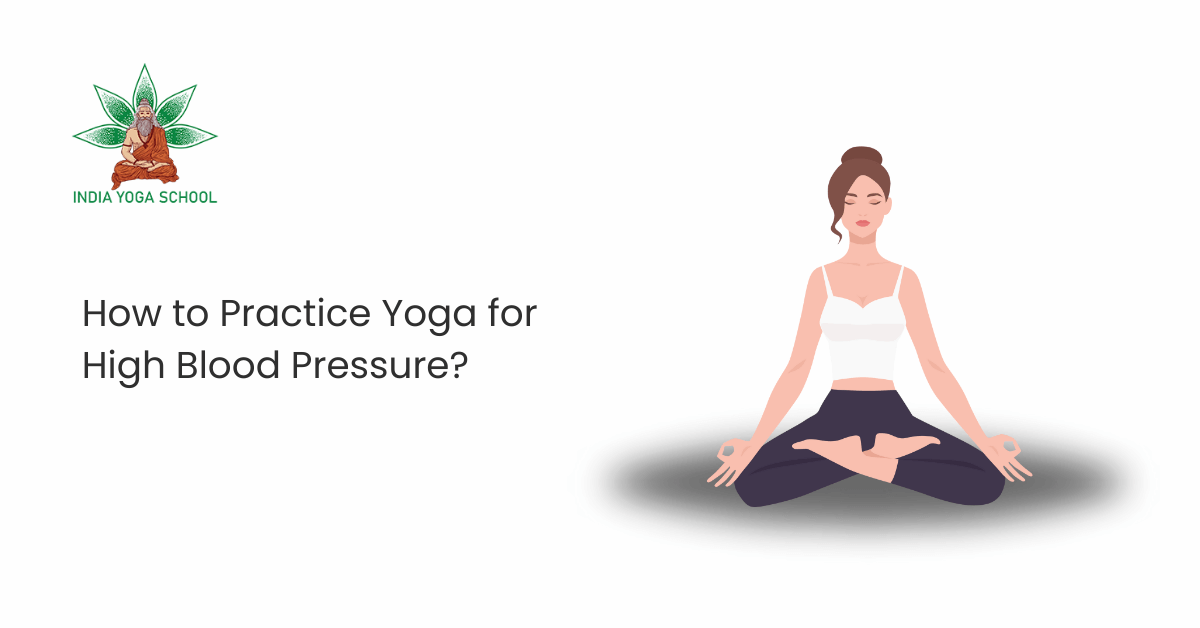
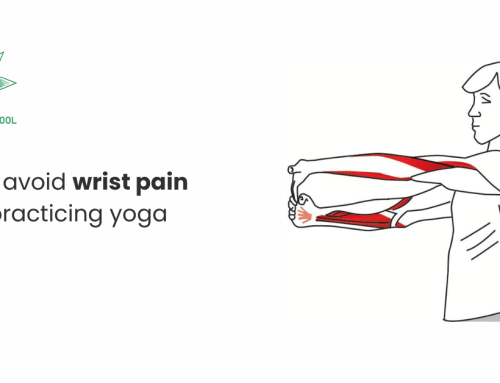
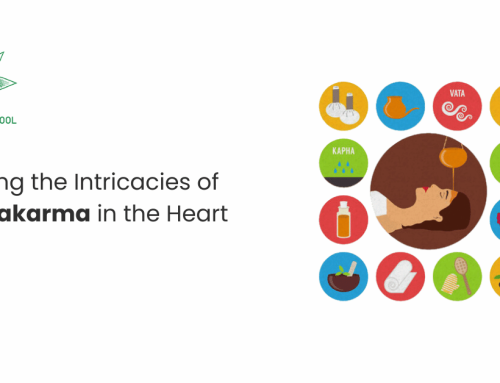
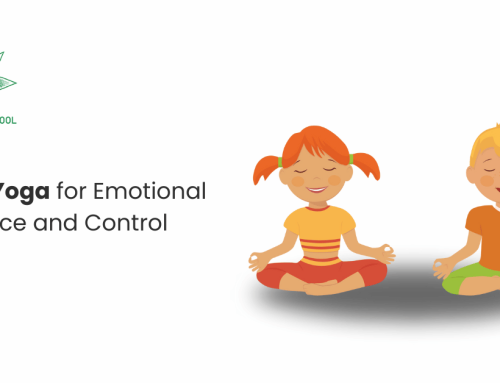
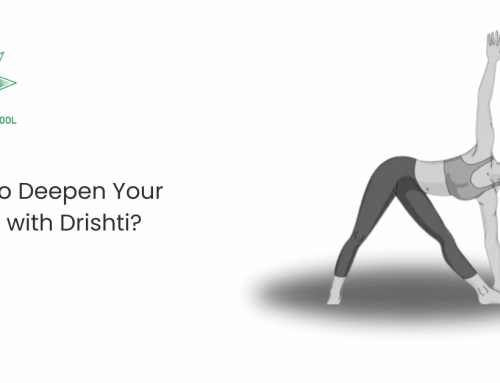
Leave A Comment